-
 © Porsche
© Porsche -
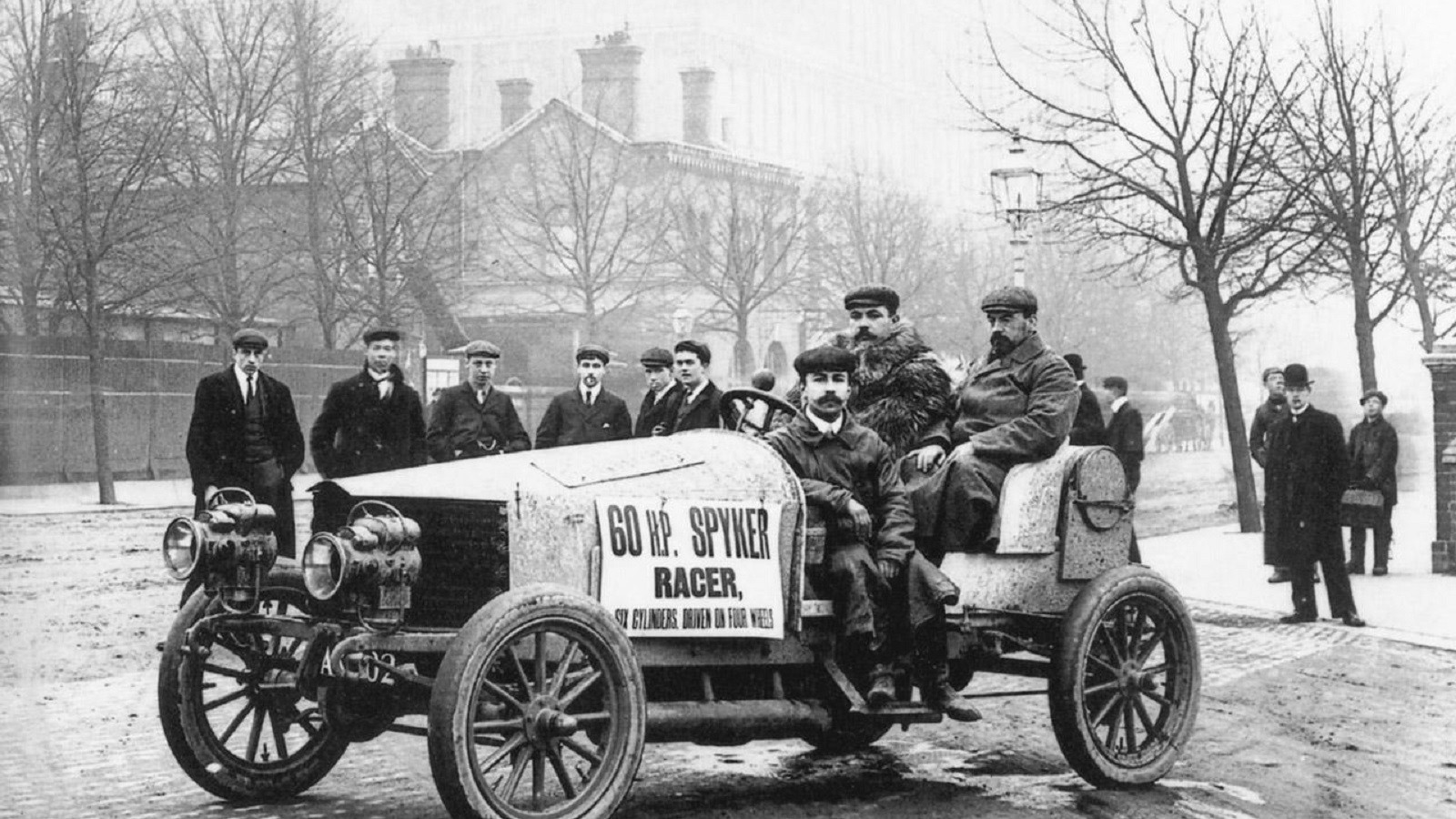 © Spyker
© Spyker -
 © Mercedes-Benz
© Mercedes-Benz -
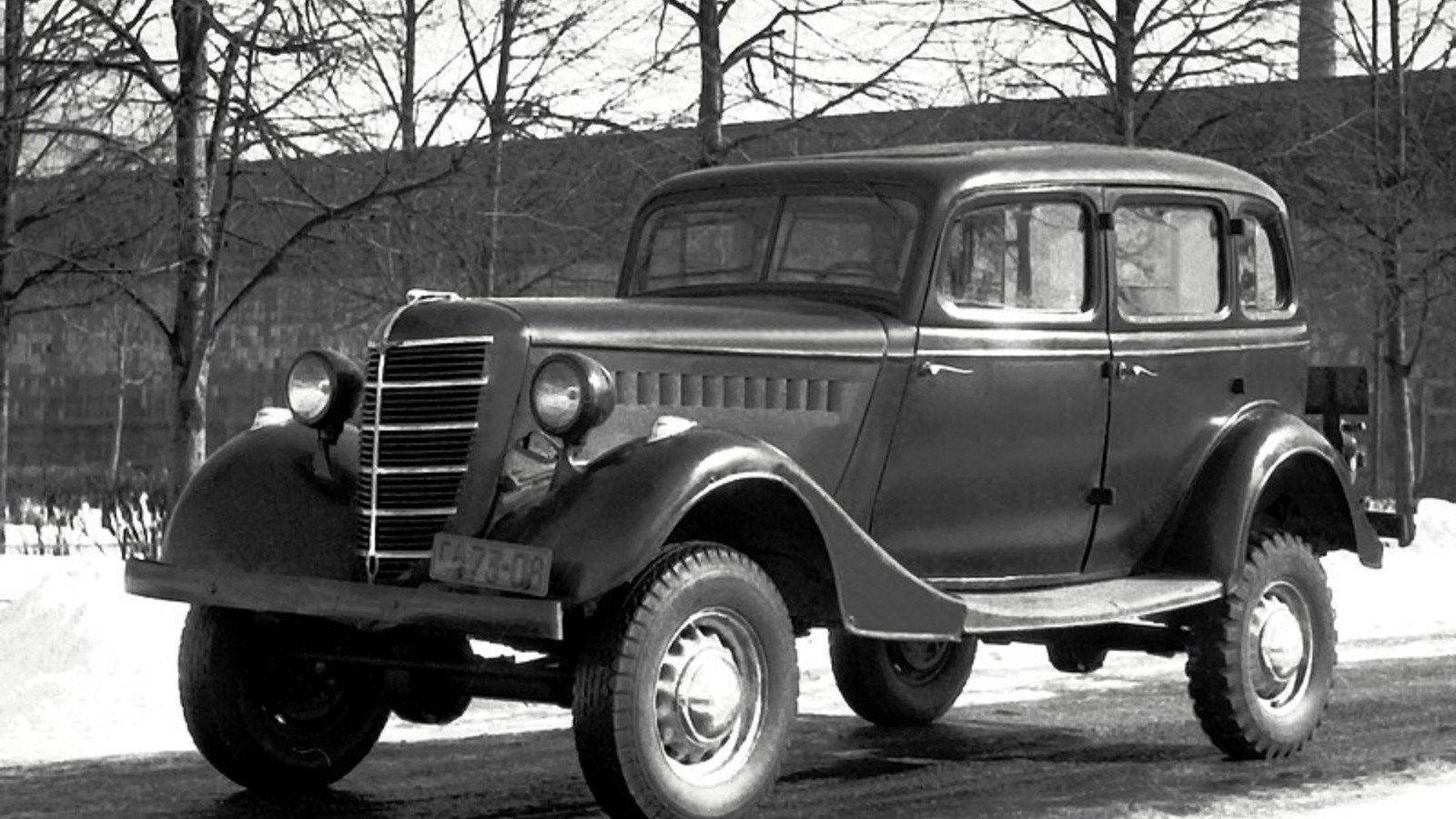 © GAZ
© GAZ -
 © Thomas Starck/Classic & Sports Car
© Thomas Starck/Classic & Sports Car -
 © Jaguar Land Rover
© Jaguar Land Rover -
 © Toyota
© Toyota -
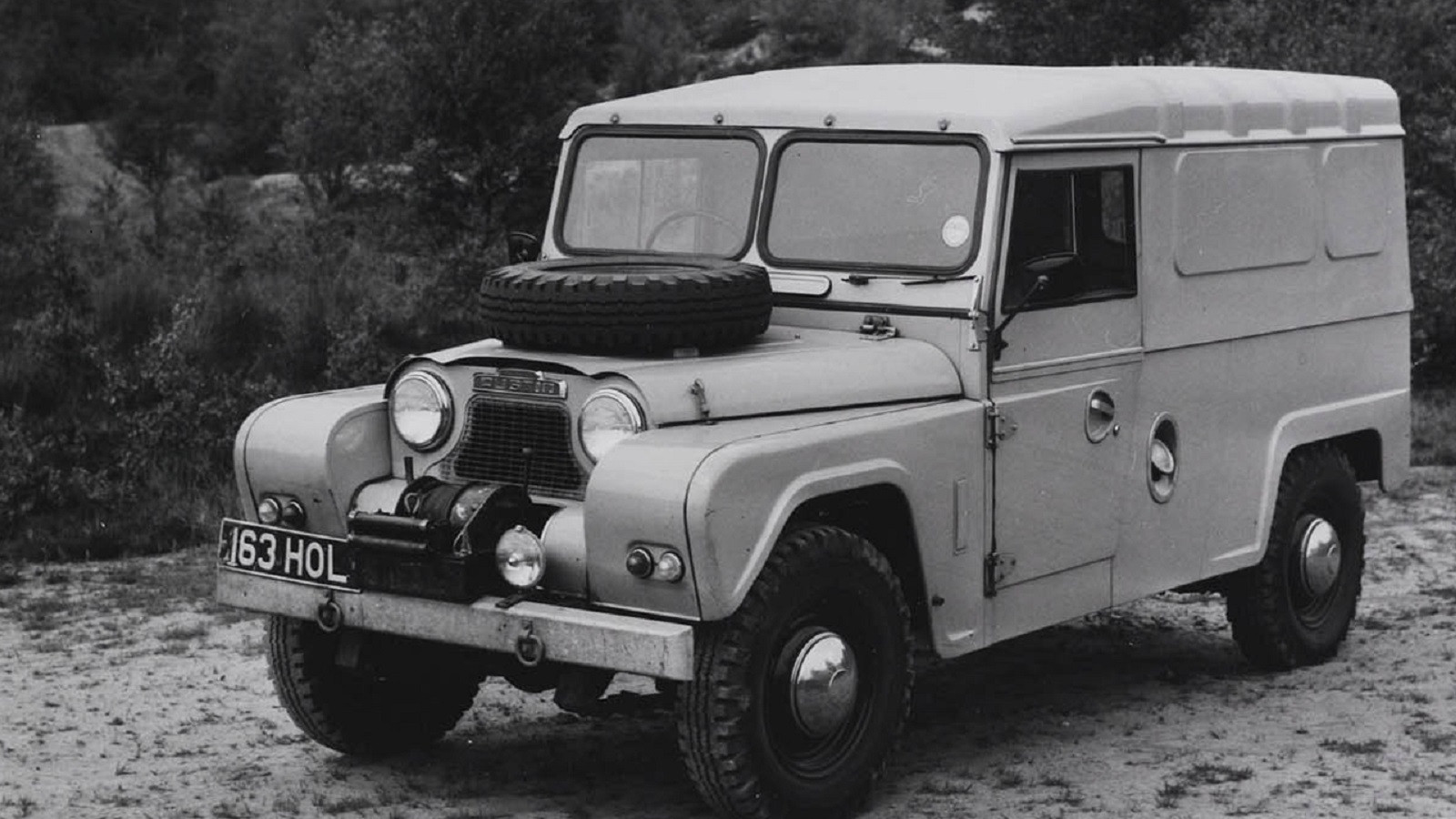 © BMC
© BMC -
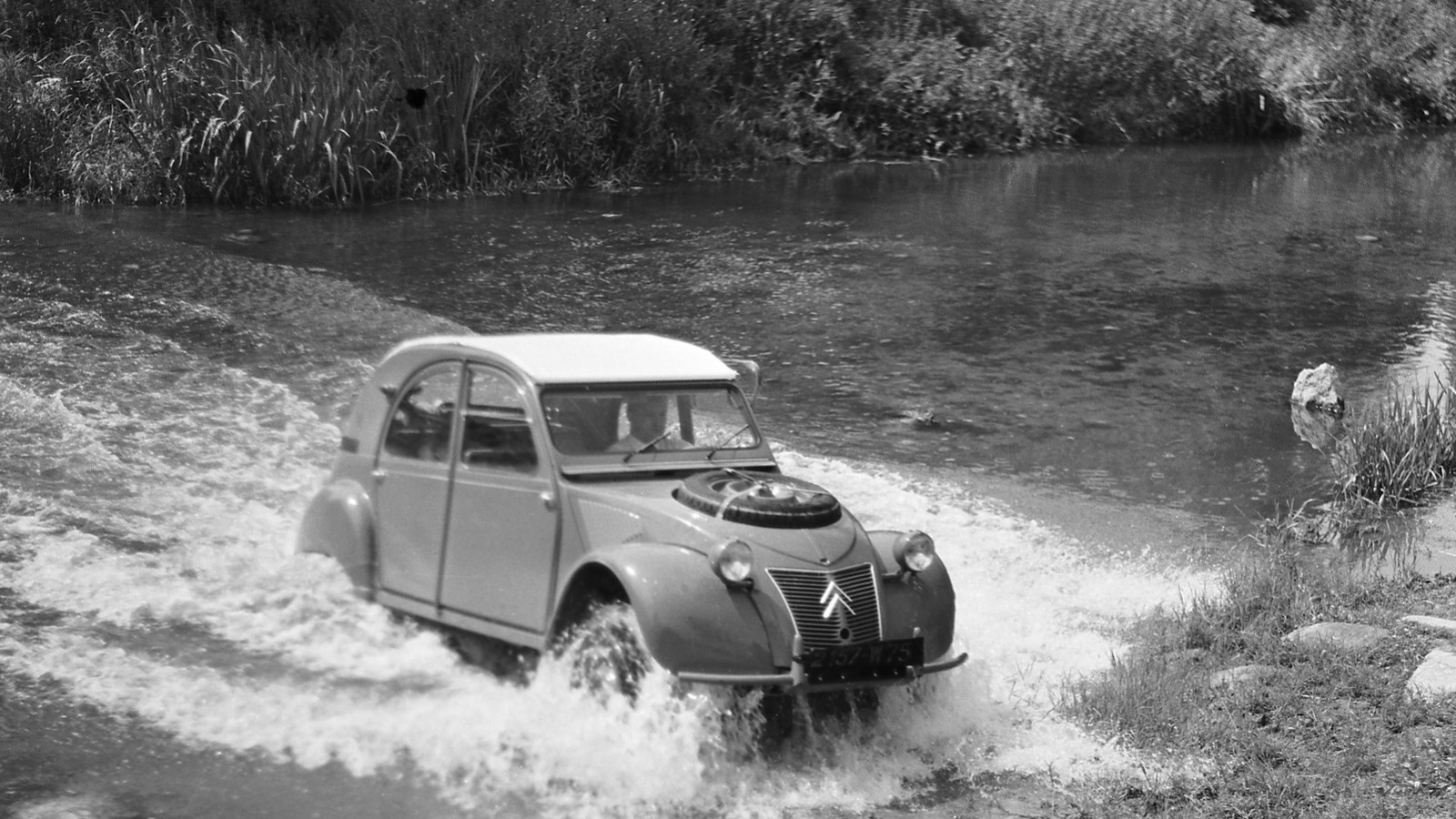 © Citroën
© Citroën -
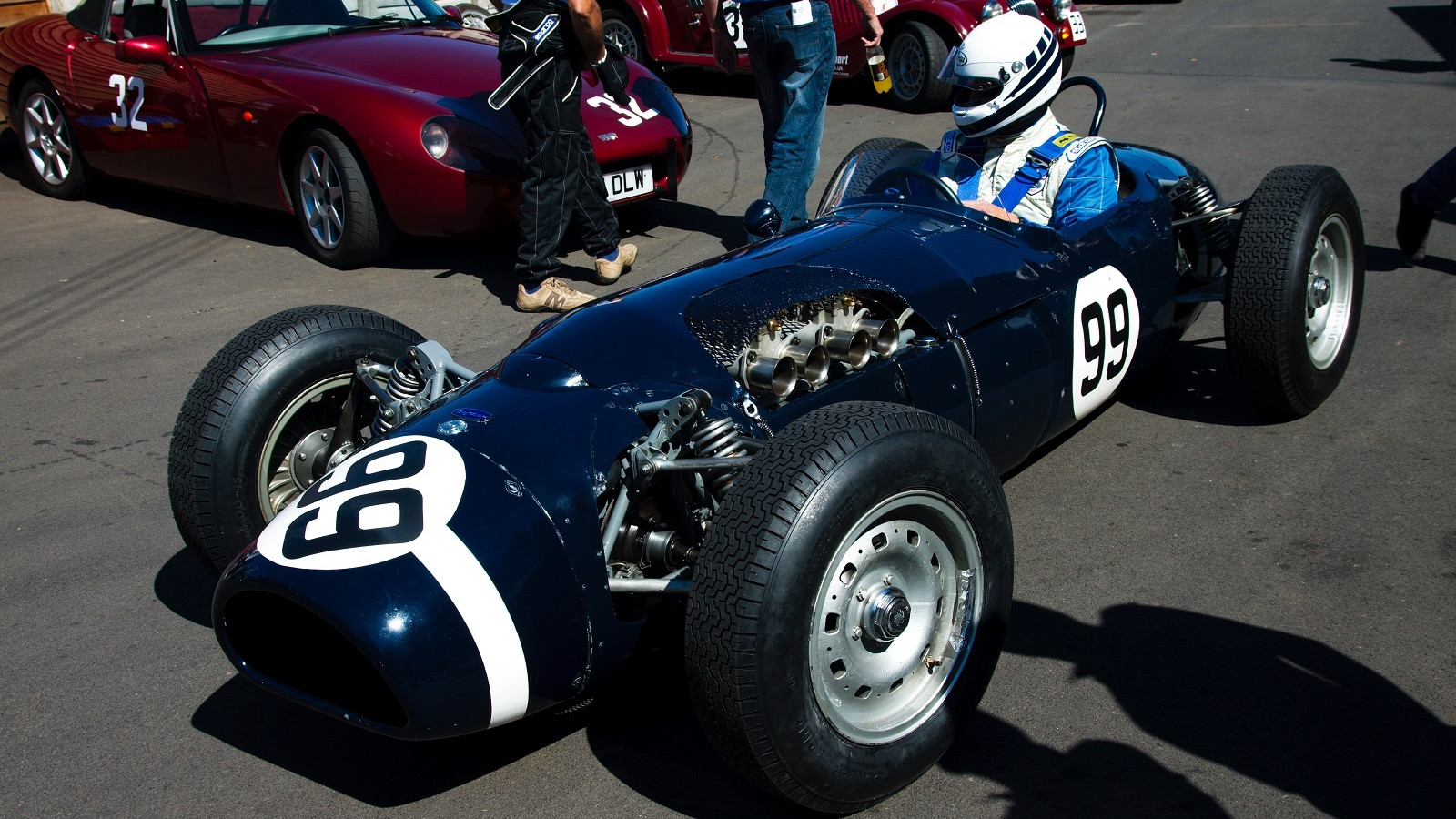 © Andrew Basterfield/Wikimedia Commons
© Andrew Basterfield/Wikimedia Commons -
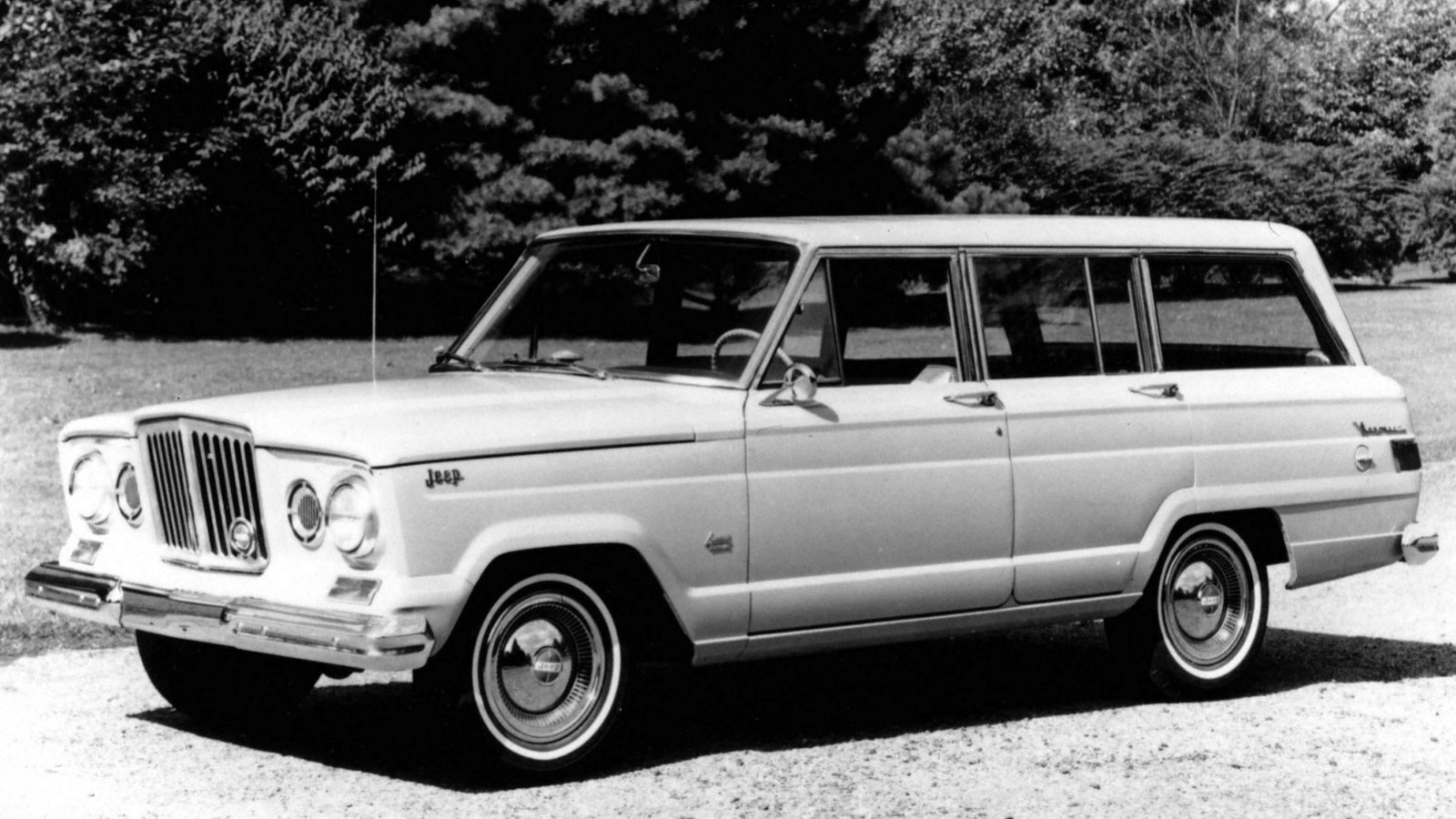 © Jeep
© Jeep -
 © National Motor Museum
© National Motor Museum -
 © Tony Baker/Classic & Sports Car
© Tony Baker/Classic & Sports Car -
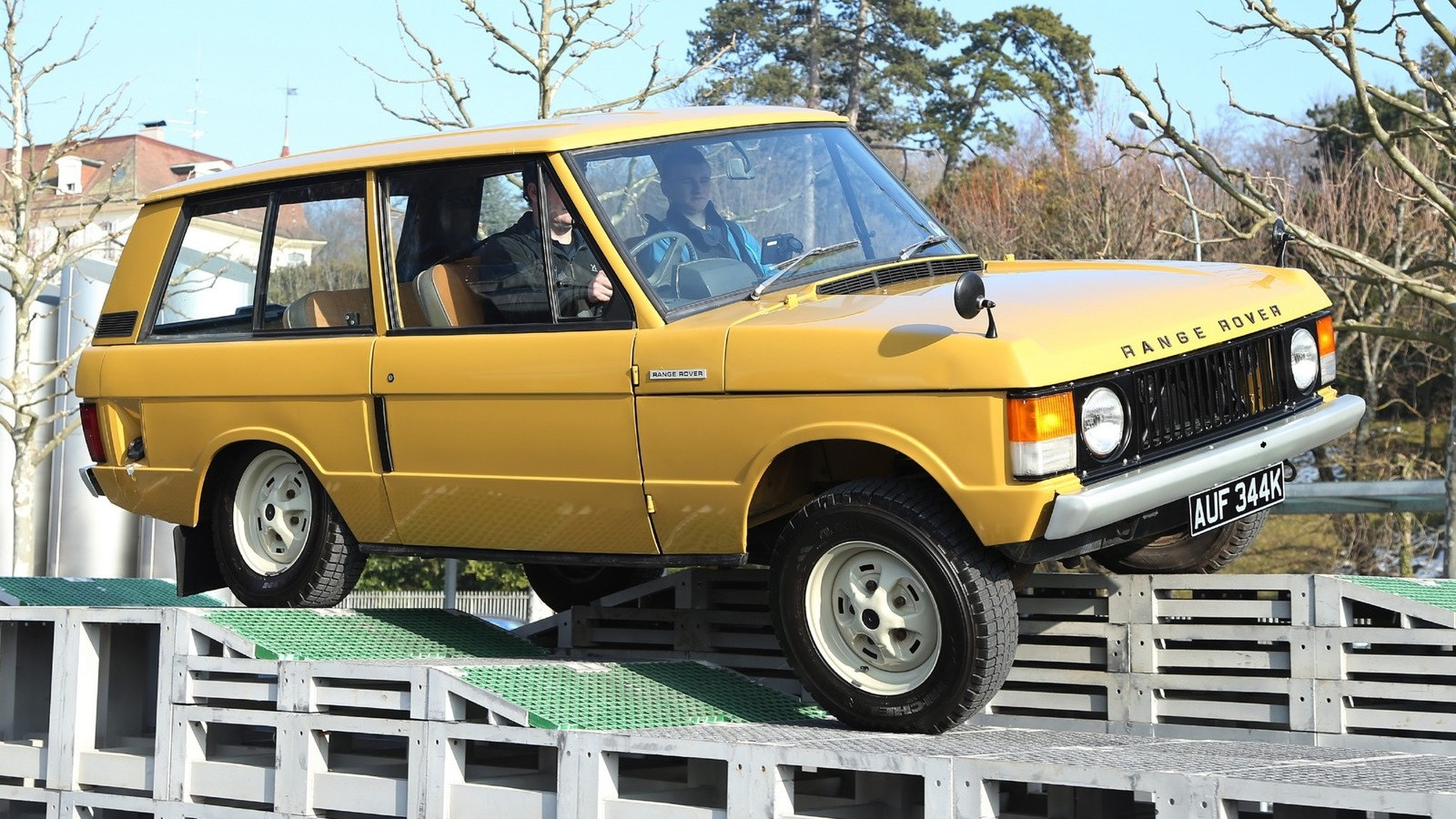 © Jaguar Land Rover
© Jaguar Land Rover -
 © Subaru
© Subaru -
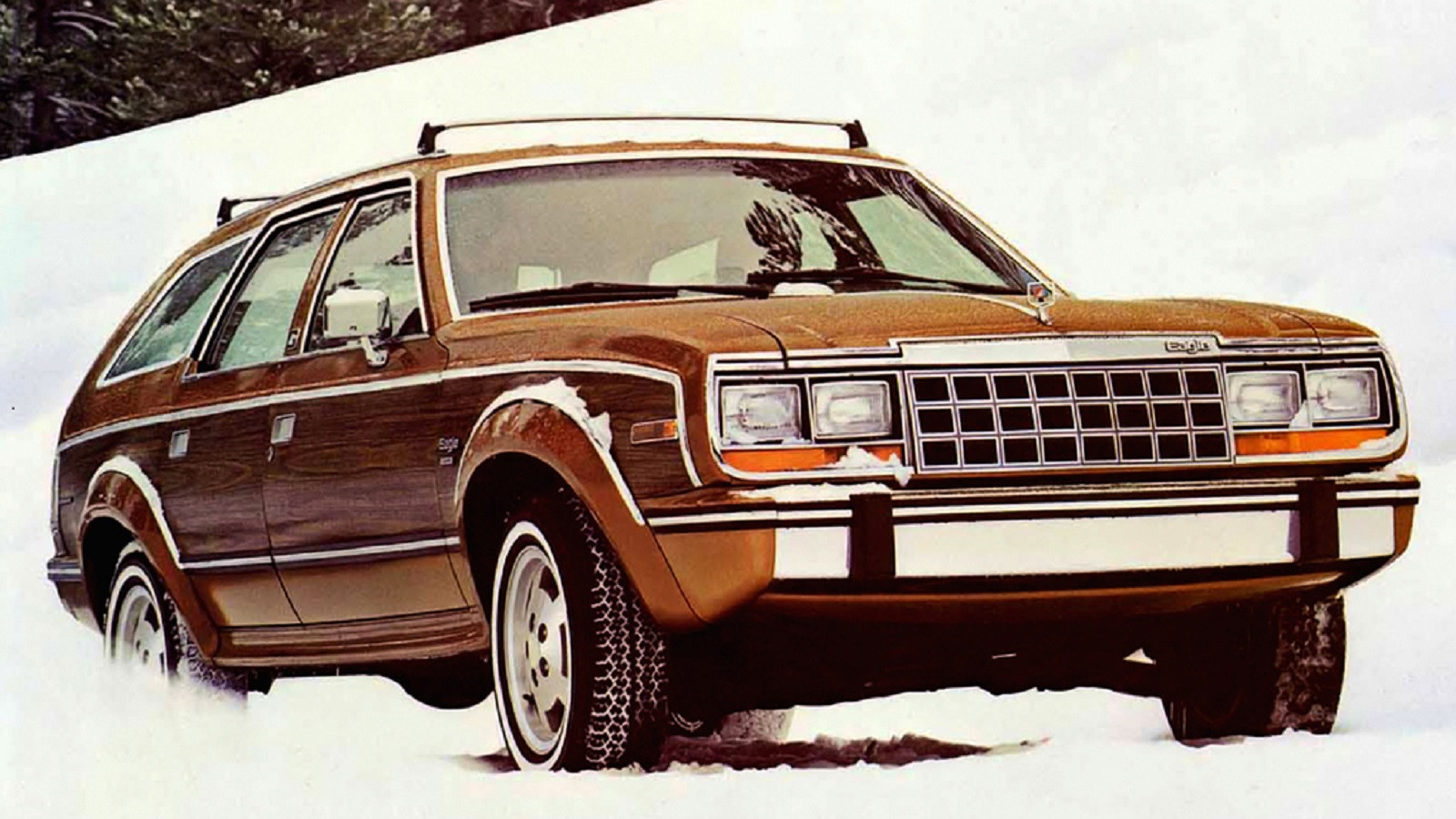 © AMC
© AMC -
 © Classic & Sports Car
© Classic & Sports Car -
 © Suzuki
© Suzuki -
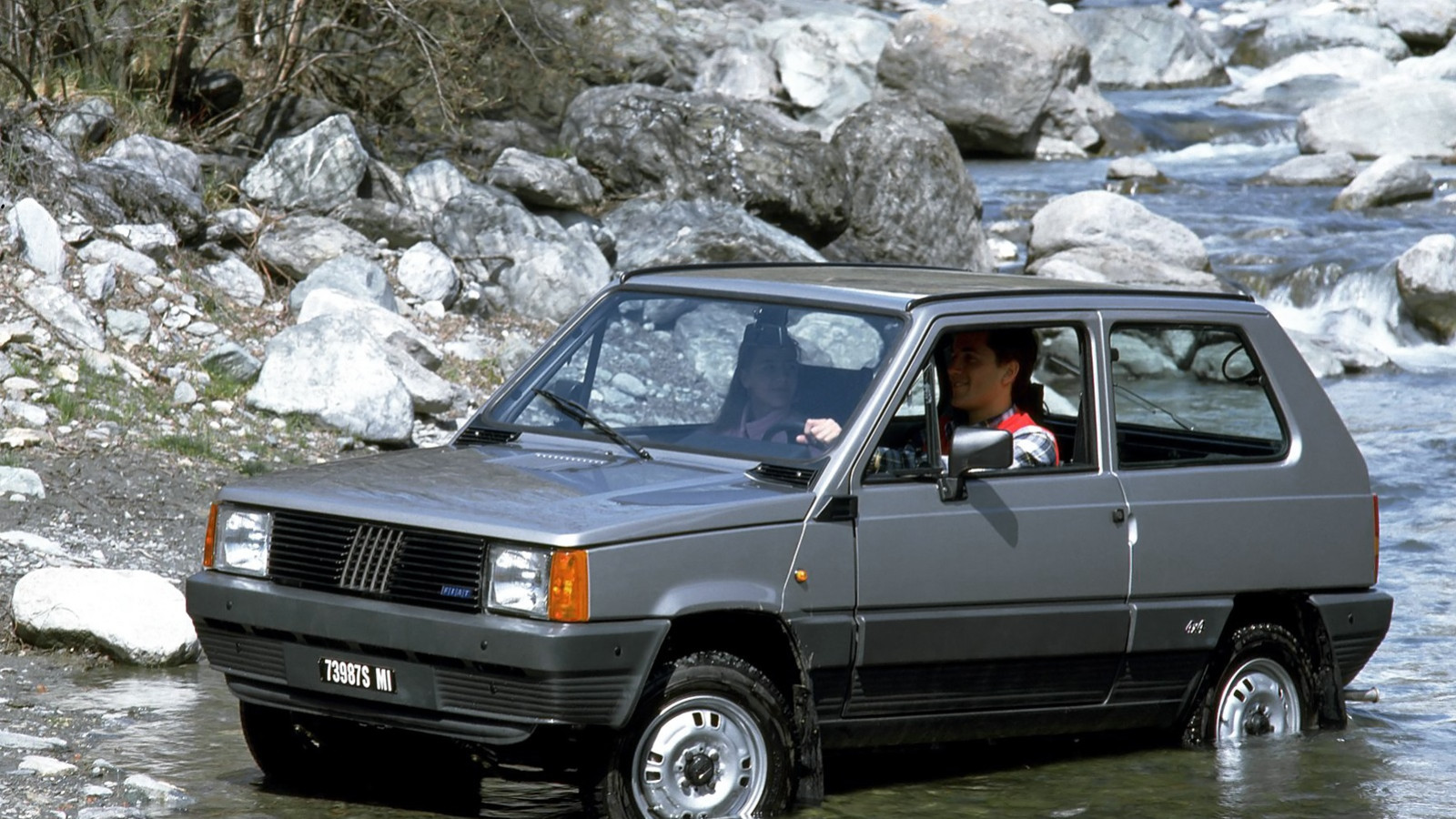 © Fiat
© Fiat -
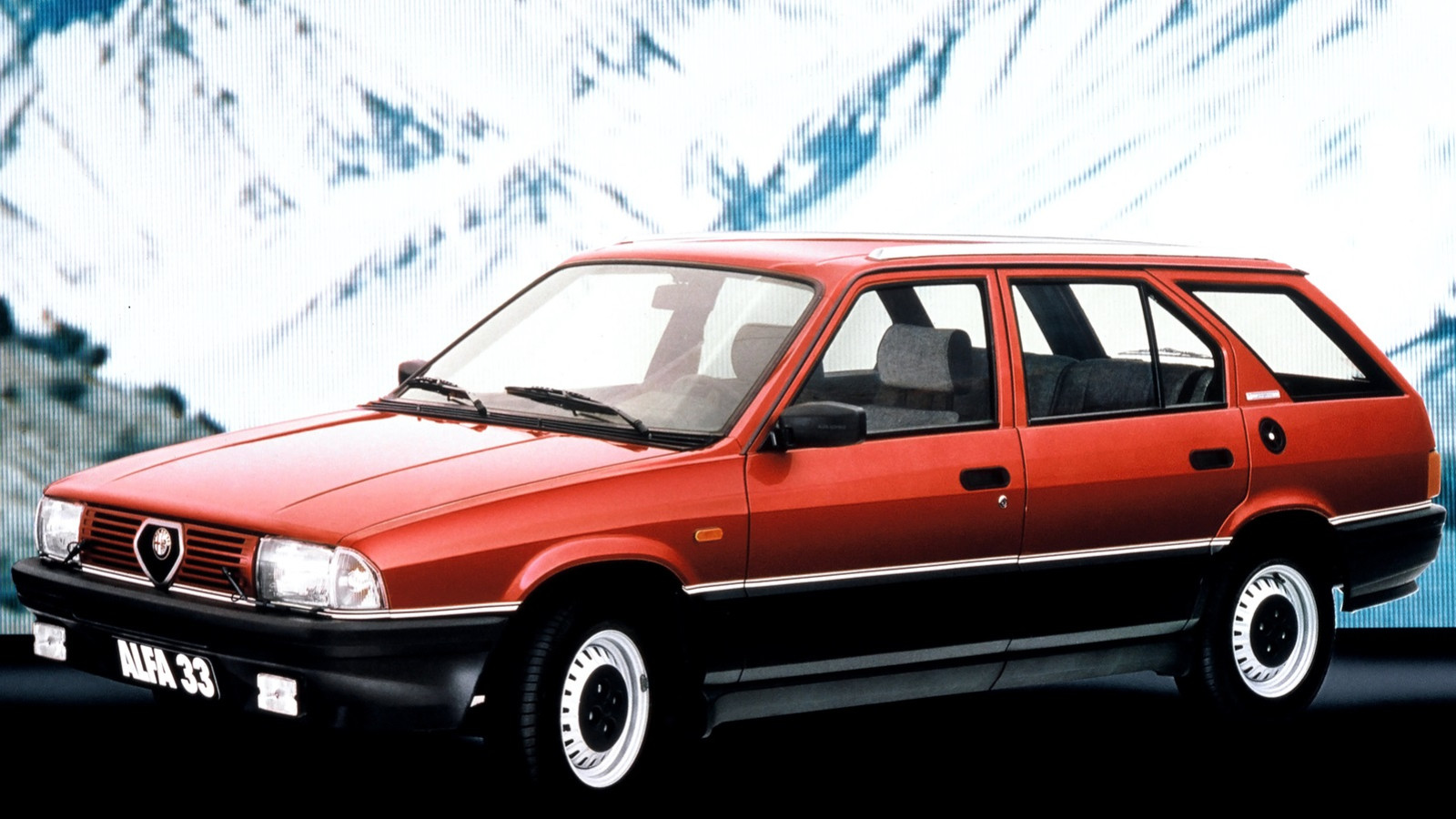 © Alfa Romeo
© Alfa Romeo -
 © Ford
© Ford -
 © Classic & Sports Car
© Classic & Sports Car -
 © Olgun Kordal/Classic & Sports Car
© Olgun Kordal/Classic & Sports Car -
 © Classic & Sports Car
© Classic & Sports Car -
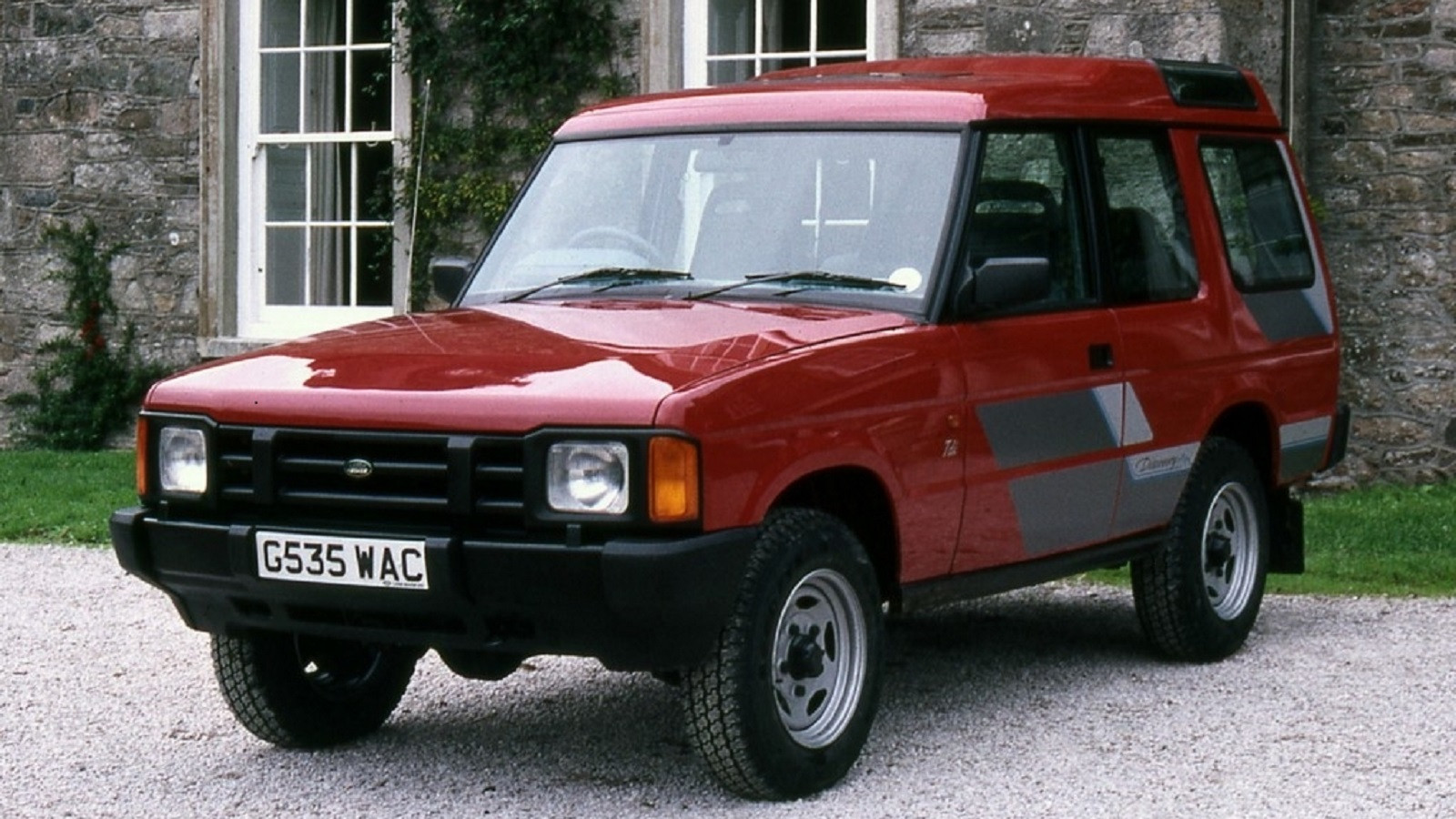 © Land Rover
© Land Rover -
 © SsangYong
© SsangYong -
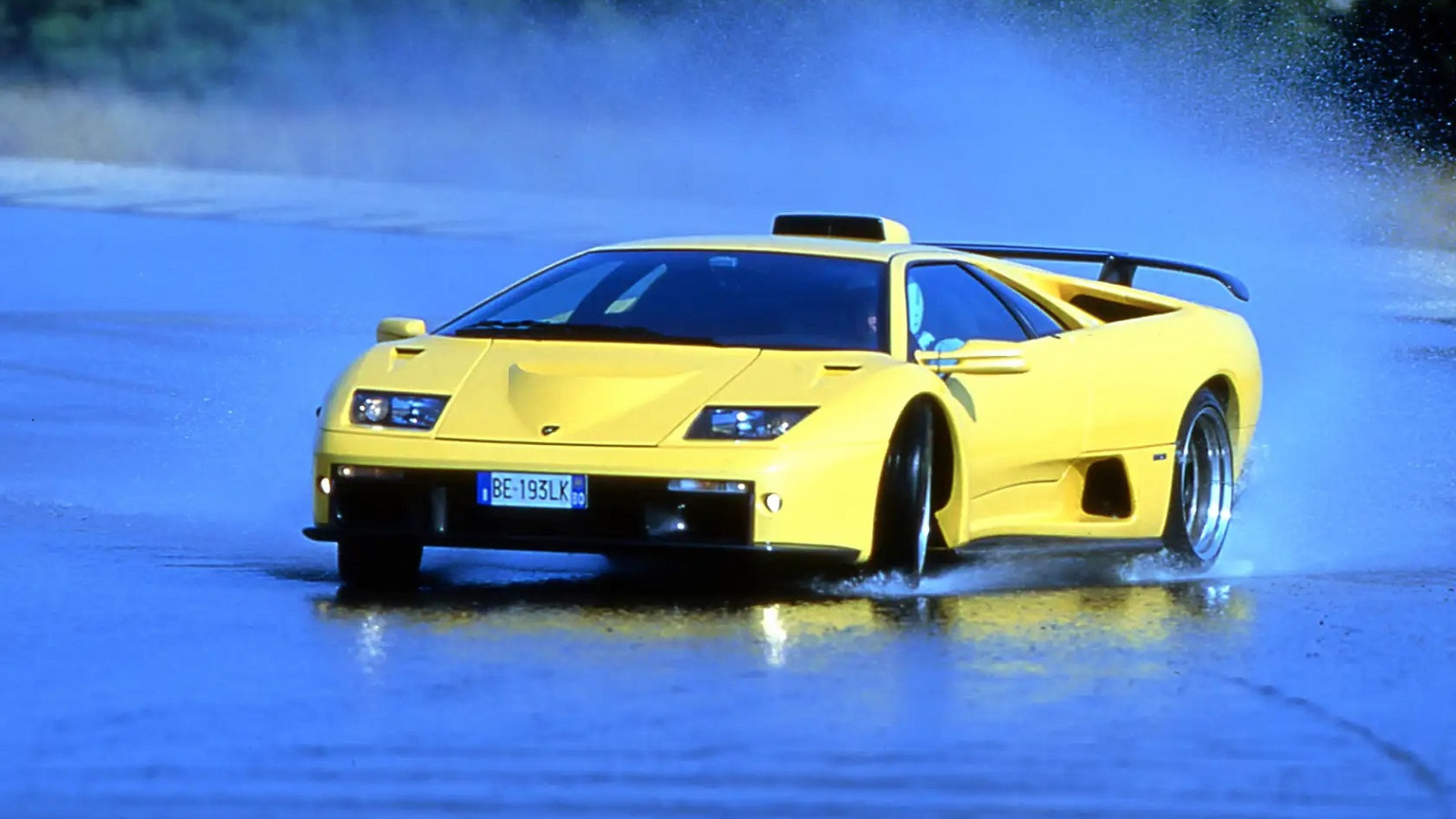 © Haymarket Automotive
© Haymarket Automotive -
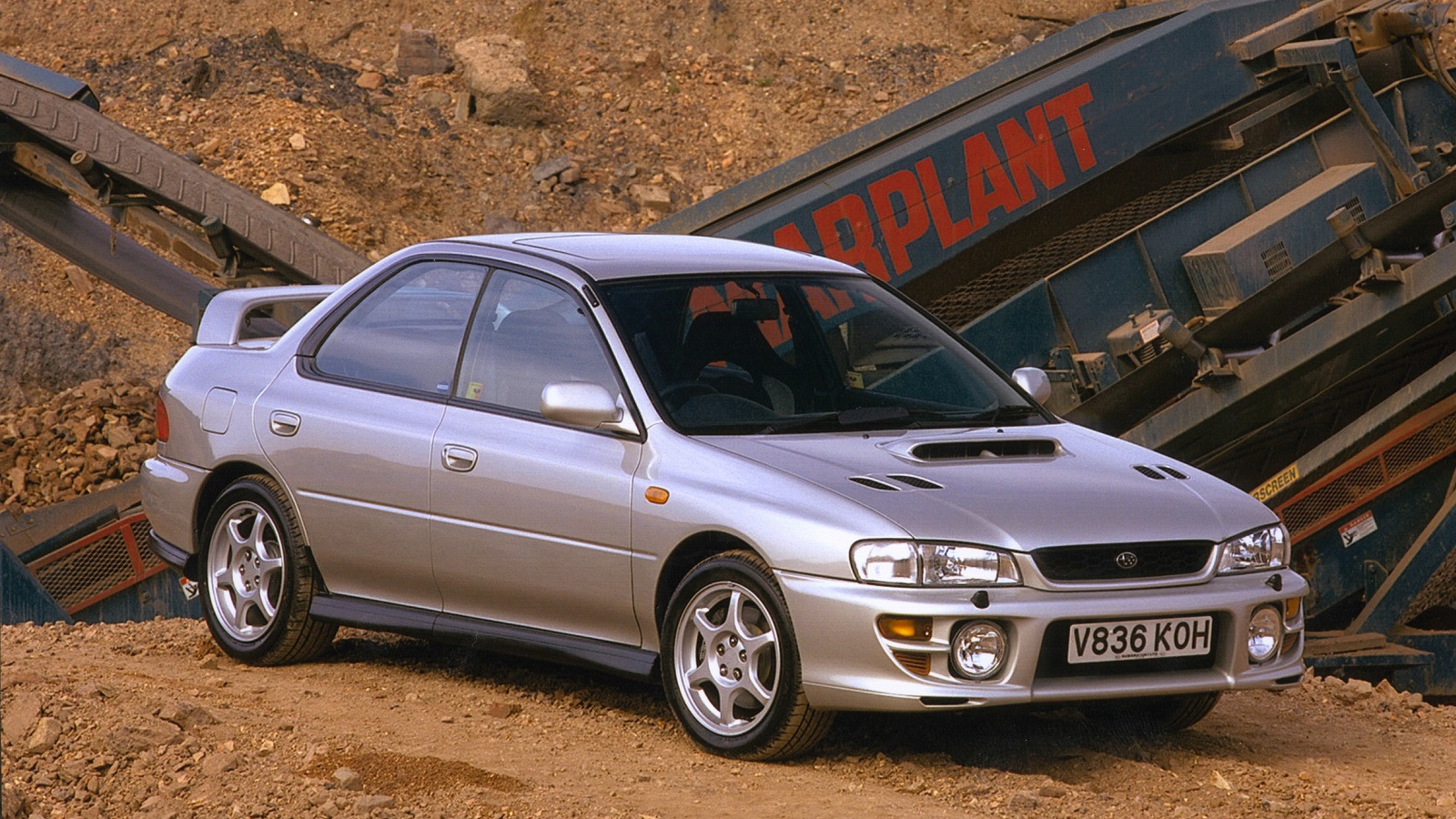 © Subaru
© Subaru
-
The history of four-wheel drive in 27 classic cars
Four-wheel drive took a long time to move into the mainstream of car production.
Here, we look at some of the classic cars that helped the rise of this drive layout, moving it from military and farm vehicles to both high-performance and affordable machinery along the way.
We’re presenting the cars in chronological order.
-
1. Spyker 60HP (1903)
Dutch firm Spyker created the world’s first petrol-powered four-wheel-drive car in 1903, with the aim of winning races.
Four-wheel drive was chosen to help the 60HP cope with the rough surfaces of the Paris-Madrid event, although the car didn’t compete because it wasn’t finished in time.
The four-wheel-drive system was achieved by running a driveshaft from the front of the gearbox to the front axle, as well as the usual rear shaft.
In this form, with an 8.8-litre engine, the Spyker raced in 1904 at Blackpool in the UK and then in 1906 at Birmingham, where it won on its second and final outing.
-
2. Mercedes-Benz G5 (1937)
The Volkswagen Kübelwagen is most commonly thought of as Germany’s Second World War light-utility vehicle, but it was the Mercedes-Benz G5 that offered four-wheel drive.
Volkswagen had tried and rejected this drivetrain, while Mercedes made a success of it thanks to the G5’s more traditional engine and transmission layout.
Known internally as the W152, the G5 had a 2.0-litre 44bhp engine and a five-speed manual gearbox, which came with an extra-low first gear for off-road work.
After the war, many G5s were used for mountain-rescue work, helped by its manoeuvrability aided by four-wheel steering at speeds of up to 19mph.
-
3. GAZ-61 (1938)
Russian manufacturer GAZ took an innovative approach with its 61 model by dropping a passenger body on to a chassis with four-wheel-drive running gear.
It instantly gave the firm a car capable of carrying five people in some comfort, while also being able to tackle extreme terrain and wade through deep water.
A 3.5-litre six-cylinder engine provided reliable power for the GAZ-61 and its 84bhp was enough to take the 4x4 up to 66mph flat out.
The 61 lasted in production through to the end of the Second World War, when it was replaced by the much more utilitarian GAZ-64 in 1945.
-
4. Willys MB (1941)
The most famous four-wheel-drive car of them all? Quite possibly, and the Willys MB, or Jeep as it quickly became known, along with the Ford GPW version, was the light-utility staple of the US Army throughout its Second World War campaign.
Its simplicity, go-anywhere ability and rugged four-cylinder engines made it ideal transport, and endeared it to farmers after the war.
The original design of the Jeep is down to American Bantam, which came up with the car in response to a US Army brief.
However, the company didn’t have the capacity to build the Jeep in the numbers demanded by the US military, so Ford and Willys were tasked with building the four-wheel-drive machine to meet requirements.
-
5. Land-Rover Series One (1948)
Rover’s chief engineer Maurice Wilks was impressed with the ex-army Jeep he used on his Anglesey farm, but when it wore out, he had nothing to replace it with.
As a result, he designed his own four-wheel-drive car that farmers could use as a workhorse in fields and on the road. Its simplicity and rugged nature soon made it a hit.
Necessity meant the newly formed Land-Rover company used aluminium for the body because steel was in short supply.
It’s a quirk of fate that worked to its advantage, because aluminium doesn’t rust and it’s light, which made the four-wheel-drive Land-Rover superb at getting across tricky ground.
-
6. Toyota Land Cruiser (1951)
Similar to Land-Rover’s first car, the Toyota Land Cruiser owes more than a passing debt to the Jeep.
Built in response to a Japanese government request for a domestically produced, light-utility vehicle, and following the Jeep’s formula closely, the first cars were even called the Toyota ‘Jeep’ BJ – Willys soon disputed this and Toyota changed the name to Land Cruiser.
The Land Cruiser did not have a low-ratio transfer gearbox to help with off-road activity, but it could be driven in rear- or four-wheel drive, depending on the terrain.
In 1953, Toyota began making civilian versions of the Land Cruiser with a 3.9-litre six-cylinder engine replacing the earlier 3.4-litre unit. To date, more than 10 million Land Cruisers have been built across all generations of the model.
-
7. Austin Gipsy (1958)
It took 10 years for Austin to offer an affordable rival to the Land-Rover.
The Gipsy was aimed at civilian customers, rather than the earlier Champ model that was more of a light-military truck also offered to private buyers.
Neither of the Gipsy’s 2.2-litre engines, one a petrol and the other a diesel, were very powerful, but the model did have full-time four-wheel drive.
The Gipsy also offered a sophisticated suspension design with rubber springs developed by Alex Moulton. This allowed the Gipsy to cross rough country faster and more comfortably than the Land-Rover.
However, the Gipsy was dropped when the British Motor Corporation merged with Leyland, bringing Austin and Land-Rover under the same umbrella.
-
8. Citroën 2CV Sahara (1958)
Citroën’s desire to build a rugged, simple four-wheel-drive car to sell in Africa to the lucrative oil and mining industries resulted in some lateral thinking.
The outcome was the 2CV Sahara, that arrived at a four-wheel-drive solution by mounting a complete second engine and transmission at the rear. With the 2CV’s light weight and superb traction, it was a very capable 4x4.
However, the 2CV Sahara failed to catch on and only 694 were made. It didn’t help that two engines also meant two fuel tanks, plus its top speed while driving with the rear engine disengaged was a mere 35mph.
-
9. Ferguson 99 (1961)
Ferguson Research was an early pioneer of four-wheel drive in performance applications, and the P99 was a showcase for what was possible.
It became the first Formula One car to use this drivetrain, with the engine mounted at an angle and the driver’s seat offset to allow for the propshaft to the rear axle.
The P99 was hamstrung to some extent by rule changes, but Stirling Moss drove the car to victory in the 1961 Oulton Park International Gold Cup race.
It is the only time a Formula One contest has been won by a four-wheel-drive car, although the race was a non-championship event.
-
10. Jeep Wagoneer (1962)
Eight years before the Range Rover was launched, Jeep introduced its take on the notion of a luxury 4x4 with the Wagoneer.
It was a full-size 4x4 with a unique station-wagon-style body and selectable four-wheel drive, because you could opt to drive with power to just the rear wheels.
While the Wagoneer’s interior was generously appointed, underneath it was based on a simple pick-up truck chassis and suspension.
It wasn’t as comfortable as standard station wagons, but the Jeep caught the imagination of drivers for its mix of practicality and opulence, which helped it remain in production in largely original form until 1991.
-
11. Bluebird-Proteus CN7 (1964)
The design and build of Donald Campbell’s Bluebird-Proteus CN7 Land Speed Record car started as early as 1956, but it wasn’t until 1964 that this four-wheel-drive machine achieved its aim on Lake Eyre, Australia, with a speed of 403.1mph.
The Bristol-Siddeley Proteus turbine aero engine was built with shafts exiting from both ends so it could directly power both the front and rear axles.
Even with four-wheel drive, Campbell reported the car was difficult to drive and slithered across the track at high speed.
-
12. Jensen FF (1966)
Jensen turned to Ferguson to help turn its svelte Interceptor into the world’s first four-wheel-drive performance road car.
The FF in the car’s name referred to its Ferguson Formula 4x4 system, which used a transfer ’box on the left of the main transmission to send power to the front and rear axles.
The FF can be spotted by its longer wheelbase, twin side vents and bonnet scoop, while the same Chrysler V8 engine powered the FF as the standard Interceptor.
Only 320 FFs were built, mainly due to the car’s limited appeal in the US market, because it could not be made with left-hand drive due to the location of the 4x4 transfer case.
-
13. Range Rover (1970)
Jeep may have beaten Land-Rover to market with a luxury 4x4, but the Range Rover of 1970 swiftly became the exemplar for the breed.
The Brit’s mix of astonishing off-road prowess with on-road comfort and saloon-like driving manners put it in a class of one.
This also catapulted the Range Rover into the buying consciousness of those who would never have considered any other Land-Rover product.
While the Range Rover stuck with solid axles and a separate chassis frame, its big advantages over the basic Land-Rover were its coil-sprung suspension and Rover V8 engine.
-
14. Subaru Leone (1972)
Better known as the 1600 in the UK, the Subaru Leone was launched in 1972 and came to the UK in 1977 with four-wheel drive as an option.
For British buyers, the estate version came with the 4x4 set-up as standard, and it quickly became a favourite of farmers and rural drivers for its uncanny ability to cope with slippery surfaces, while also being decent to drive on normal roads.
This Subaru set the template for many of the company’s cars to come, and it is also the first modern 4x4 family car.
In addition, Subaru produced a pick-up variant on the same platform that has gone on to become a cult classic.
-
15. AMC Eagle (1979)
AMC took the idea of the Subaru Leone and ran with it, offering an estate, saloon, and two-door coupé and convertible models of the Eagle, all with four-wheel drive.
A compact car by American standards, the Eagle used a centre differential and viscous coupling to quietly send power to whichever axle had the best traction.
The result was a very capable all-weather car that was comfortable and easy to drive, helped by 2.5- and 4.2-litre engines.
The AMC Eagle was also the first US-made 4x4 with independent front suspension, which further aided its driving manners.
-
16. Audi quattro (1980)
Audi wasn’t the first to offer four-wheel drive in a road car, but its quattro made it hugely desirable.
It also helped to revolutionise the world of rallying, making a 4x4 set-up essential for any team aiming for the top step of the podium.
Much of the quattro’s success was down to mating its four-wheel-drive system to Audi’s potent 197bhp five-cylinder turbo engine.
It later grew to 217bhp with the 20-valve version, but all were sensationally quick cross-country sports cars. Just as vitally, this one car made Audi synonymous with four-wheel-drive technology.
-
17. Suzuki SJ (1982)
Suzuki had been offering a simple 4x4 off-roader since the start of the 1970s, but the SJ of 1982 hit a rich seam of sales.
It made the crossover from farmyard to school run thanks to its clean-cut looks that had just enough off-road appeal, but in a compact, easy-to-drive package.
Off-road, the SJ was brilliant thanks to a low-ratio transfer ’box and selectable four-wheel drive. Its light weight helped here as well, while the convertible version made for an affordable, fun drop-top with bags of character.
-
18. Fiat Panda 4x4 (1983)
Take the already basic, lightweight Fiat Panda, add four-wheel drive and you had a brilliant mountain goat of a car.
Developed and built by Steyr-Puch in Austria, the Panda 4x4 normally sent drive to the front wheels, but a tug on a lever between the seats engaged drive to the rear for way more off-road talent than you would credit in a supermini.
The 965cc engine only had 48bhp to play with, but the Panda 4x4 proved almost unstoppable in muddy or mountainous countryside.
As a consequence, the Fiat gained a strong following that persists to this day for the car as a workhorse and a classic.
-
19. Alfa Romeo 33 Giardinetta (1985)
The Alfa Romeo 33 Giardinetta should have tapped right into the blossoming sales of performance 4x4s in the mid-1980s.
Its simple four-wheel-drive system was more suited to the farmyard than Brands Hatch, and the 1.5-litre engine provided merely adequate power. It didn’t help, either, that the 4x4 system meant the load floor was uneven.
A new version called the Permanent 4 arrived in 1990 with a Ferguson central viscous coupling to divide power front and back as required.
Sales never took off, but the 33 Giardinetta, and the later Sportwagon version, showed four-wheel drive could work in the mainstream and not just for extreme off-road or performance cars.
-
20. Ford Sierra XR4x4 (1985)
Ford had been caught on the hop with the four-wheel-drive revolution in top-flight rallying, but it was determined not to repeat the mistake with its road cars.
The Sierra XR4x4 was the answer and took the fight right to Audi’s door with this handsome five-door hatch or estate, that used the clever solution of running the front driveshafts through the V6 engine’s sump.
With excellent handling and balance, the Sierra XR4x4, along with the Granada 4x4, made superbly able family cars.
They also helped pave the way for the Sapphire RS Cosworth 4x4 that combined the potent performance of the RS model with supreme traction.
This model also provided the basis for the Escort RS Cosworth, which used an Escort body grafted on to a shortened Sapphire floorpan.
-
21. Ford RS200 (1985)
The Ford RS200 is an important car in the history of 4x4 development for many of the wrong reasons.
Ford was slow off the mark to come up with a four-wheel-drive response to Audi and others in the World Rally Championship. Consequently, the RS200 arrived just as the Group B era was drawing to a close.
The RS200 also had a complicated design, because the gearbox was mounted just behind the front differential and separate from the mid-mounted engine.
For the rear wheels, it meant drive went all the way to the front and then all the way to the back just to achieve a 50:50 weight distribution.
In the end, the best the RS200 managed in a WRC event was third place in the 1986 Rally of Sweden.
-
22. Lancia Delta HF Integrale (1987)
The first four-wheel-drive Delta came in 1985, but when Lancia increased power with a bigger turbo and flared the wheelarches in 1987 it hit gold with the Integrale.
It put the Italian marque in good stead with the new Group A rule in the World Rally Championship and, on the road, the Delta was just as impressive.
Part of the Integrale’s success on road and stage was down to the Ferguson centre viscous coupling for the four-wheel-drive system, which was very similar to the Delta S4 Group B’s.
The Integrale kept evolving up to the end of its life in 1994, winning 46 WRC events and an as-yet unbeaten six consecutive manufacturer titles between 1987 and 1992.
-
23. Porsche 959 (1987)
Porsche was another company wrong-footed by the scrapping of Group B rallying at the end of 1986.
Its 959 had been intended for top-class rallying, but nearly ended up redundant. However, such was the amount of technology and performance that Porsche crammed into the 959, it created one of the seminal supercars of the decade.
To harness the 2.8-litre twin-turbo flat-six engine’s 444bhp, Porsche employed a four-wheel-drive system with torque-sensing that allowed power to be sent to whichever wheel could best use it.
The sequential turbochargers helped to overcome the lag that afflicted most forced-induction cars of the period, making the 959 surprisingly easy to drive for a car that offered 0-62mph in 3.7 secs and a 197mph top speed.
-
24. Land Rover Discovery (1989)
The Discovery is every bit as important to Land Rover as the original Series One or the first Range Rover.
How so? Because it gave the company a car to take on the growing number of lifestyle 4x4s from Japan and the US, and it filled the widening gap between the Defender and the Range Rover.
Using the same chassis, suspension and four-wheel-drive set-up as the Range Rover, the Discovery was very able on- and off-road.
A low-ratio transfer ’box was essential to this ability, and the Discovery was offered with a turbodiesel engine from the outset, which drew many buyers to it and not its pricier stablemate.
-
25. Panther Solo (1989)
The Panther Solo was a car ahead of its time. This can be seen in its use of four-wheel drive in a mid-engined machine, which is common now but unheard of in 1989.
Panther used a Ferguson system for its four-wheel drive and plenty of Ford Sierra XR4x4 parts, including the front and rear differentials. It also borrowed Ford’s ABS anti-lock brakes.
As a groundbreaker, the Solo stands as an important marker in the history of 4x4s, but it failed miserably as a production car and was killed off by parent company SsangYong.
It’s believed 18 cars were built, which is a long way short of the proposed 100 of the final version powered by a Sierra Cosworth engine, rather than the original Escort XR3i motor.
-
26. Lamborghini Diablo VT (1993)
Lamborghini adopted four-wheel drive for its Diablo to help tame the car’s on-limit handling and get its V12 power to the road more easily.
It worked a treat and the VT (viscous traction) system used a viscous centre differential that could send up to a quarter of the motor’s power to the front wheels.
The VT also ushered in improvements such as standard power steering, better brakes and better cabin comfort, that were soon adopted across the range.
Quickly, the VT became the most popular Diablo model up to the end of its production life in 2001, when it was replaced by the Murciélago that came with four-wheel drive right from the start.
-
27. Subaru Impreza Turbo (1994)
Perhaps more than any other car, the Subaru Impreza Turbo 2000 AWD proved the adage of ‘win on Sunday, sell on Monday’.
As the World Rally Championship and an Impreza-toting Colin McRae grabbed drivers’ attention and imagination, many wanted a slice of this four-wheel-drive world. Luckily, the feisty Impreza was amazingly affordable.
Using Subaru’s asymmetrical all-wheel-drive system to extract almost unflappable grip on any road, the Impreza Turbo was the defining performance car of the ’90s.
Still great to drive, the mantra now is ‘buy on Monday, enjoy it forever’.
